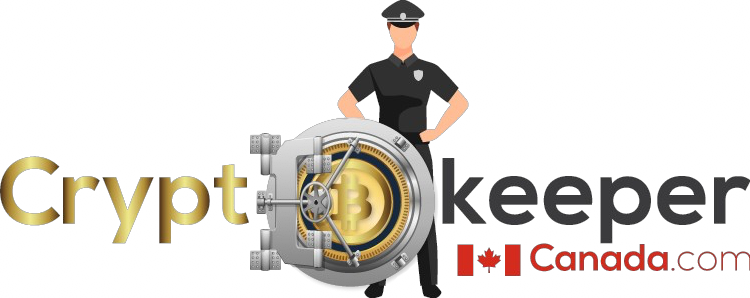When the need arises for a data science team to build a customer segmentation model, it’s either an ask from the business or, more rarely, a pro-active decision from data scientists. In both cases, the need is the same: a deeper understanding of the customer base to make more refined, differentiated decisions on each segments.
However, I have seen many clustering efforts not be adopted by the business because the resulting segments did not resonate or were not actionable by the business stakeholders. In this article, I’ll outline keys steps and strategies to maximize the adoption of your segmentation within the business.
- Statement of work
- Tidy your data
- Nail your algorithm
- Understand your clusters
- How many clusters?
- Check for stability
- Translate to business rules (or not)
Given the focus on “Applied data science” rather than “Technical Machine Learning,” this article refrains from delving into the intricate details of various clustering algorithms, as there are abundant resources available for those seeking a deeper understanding (here or here ).
Without further ado, let’s get started!
As with every piece of work, you need to answer a few important questions before diving into the technical work.
What are the business objectives of the segmentation?
→ Define what we are trying to understand about our customers.
There are many different ways to look at customers, for example, we could look at finding out what the main transactional behaviors are (e.g. in Retail: are they seasonal, what is their breath of products, value and frequency of transactions…) , or we could…

